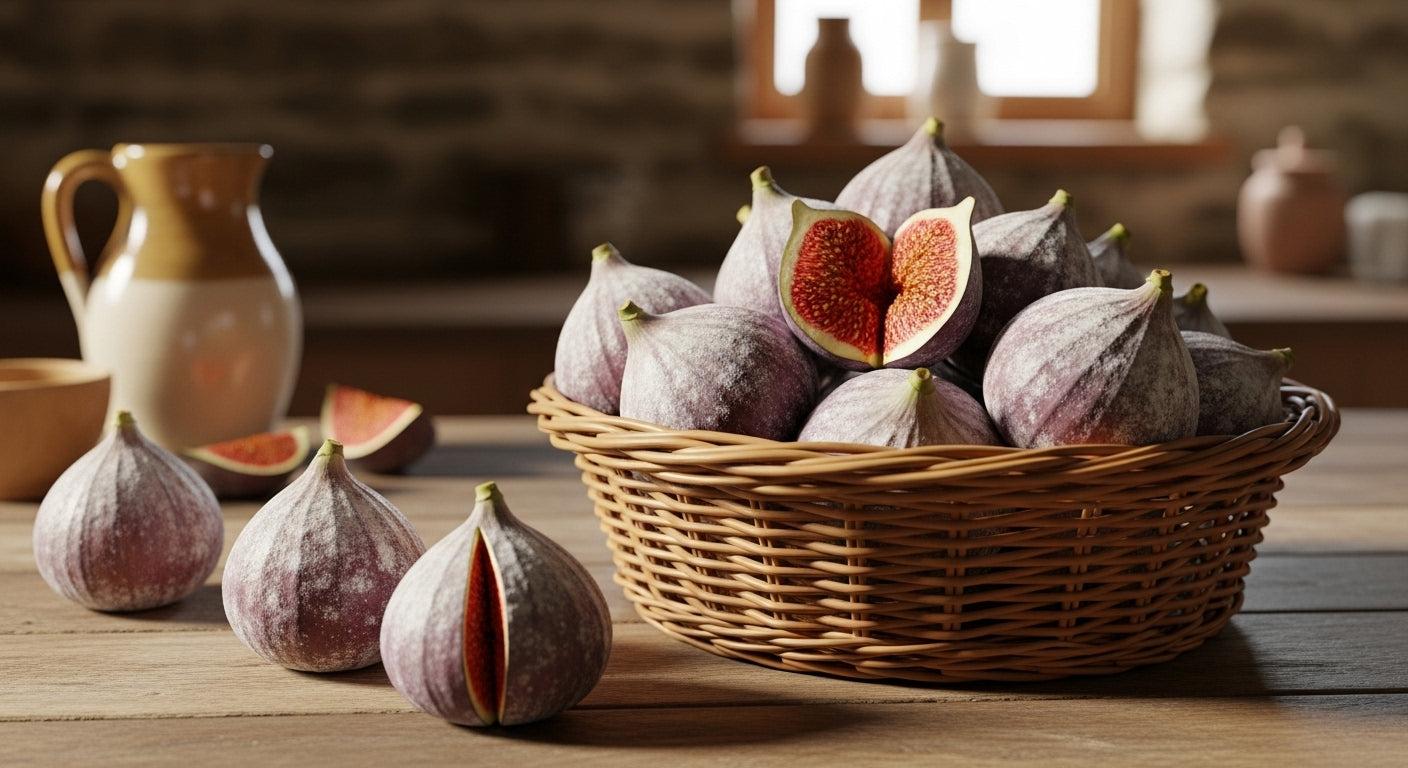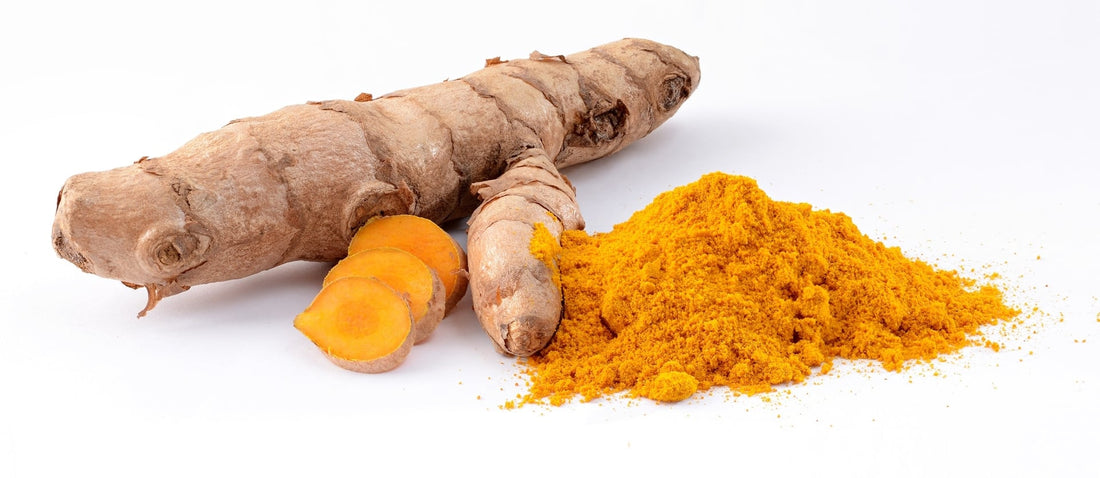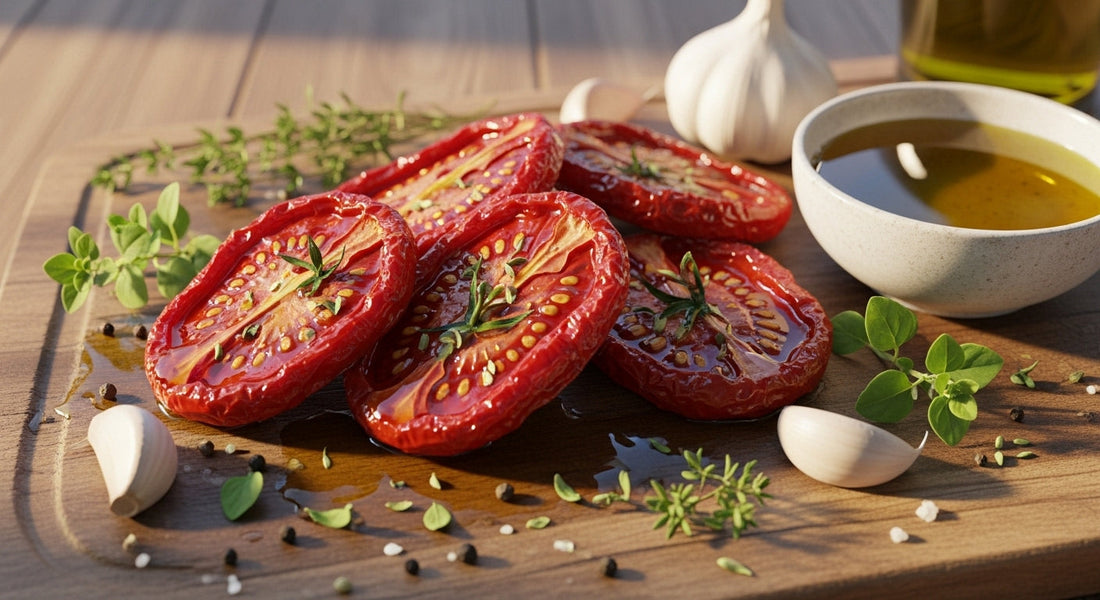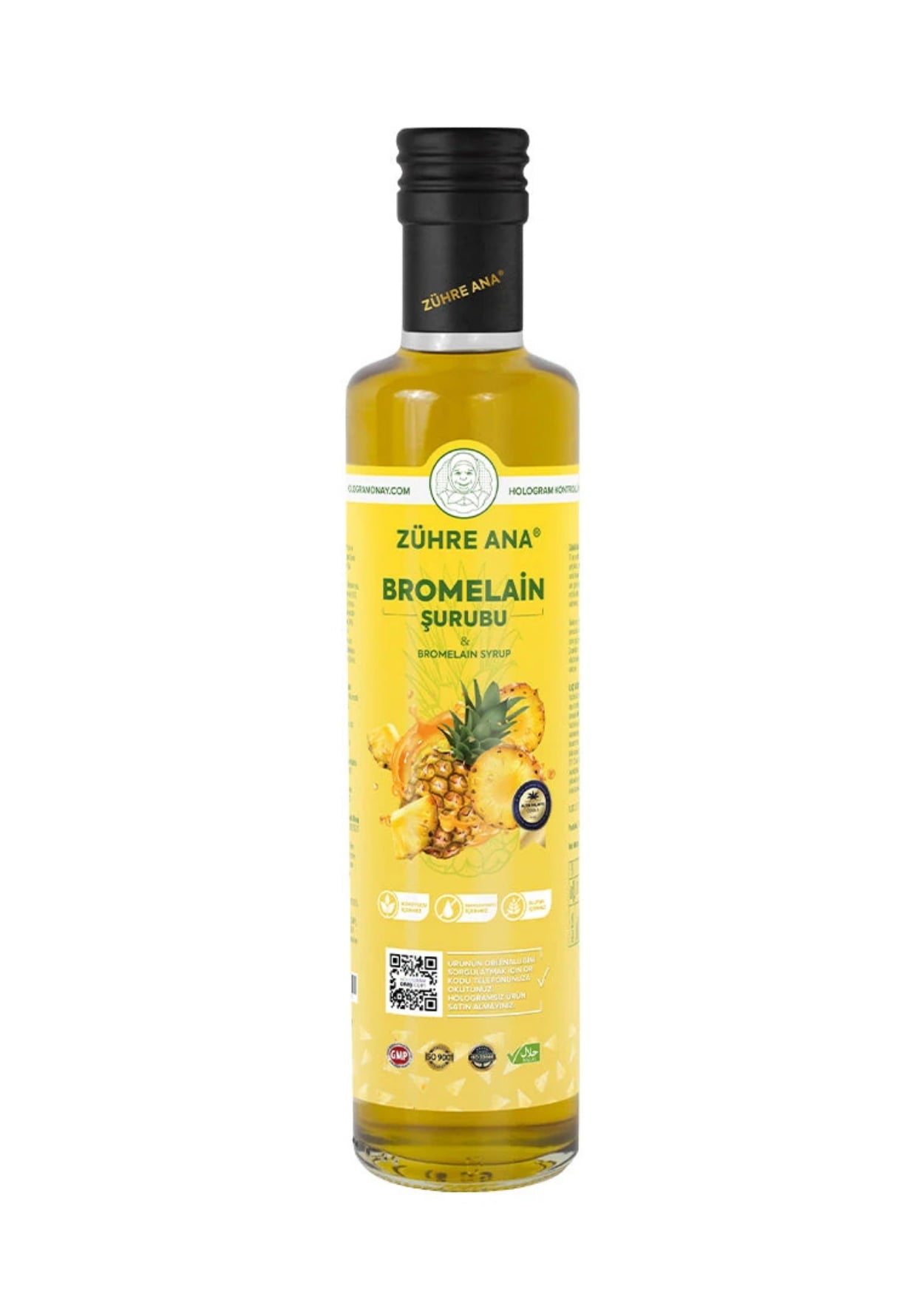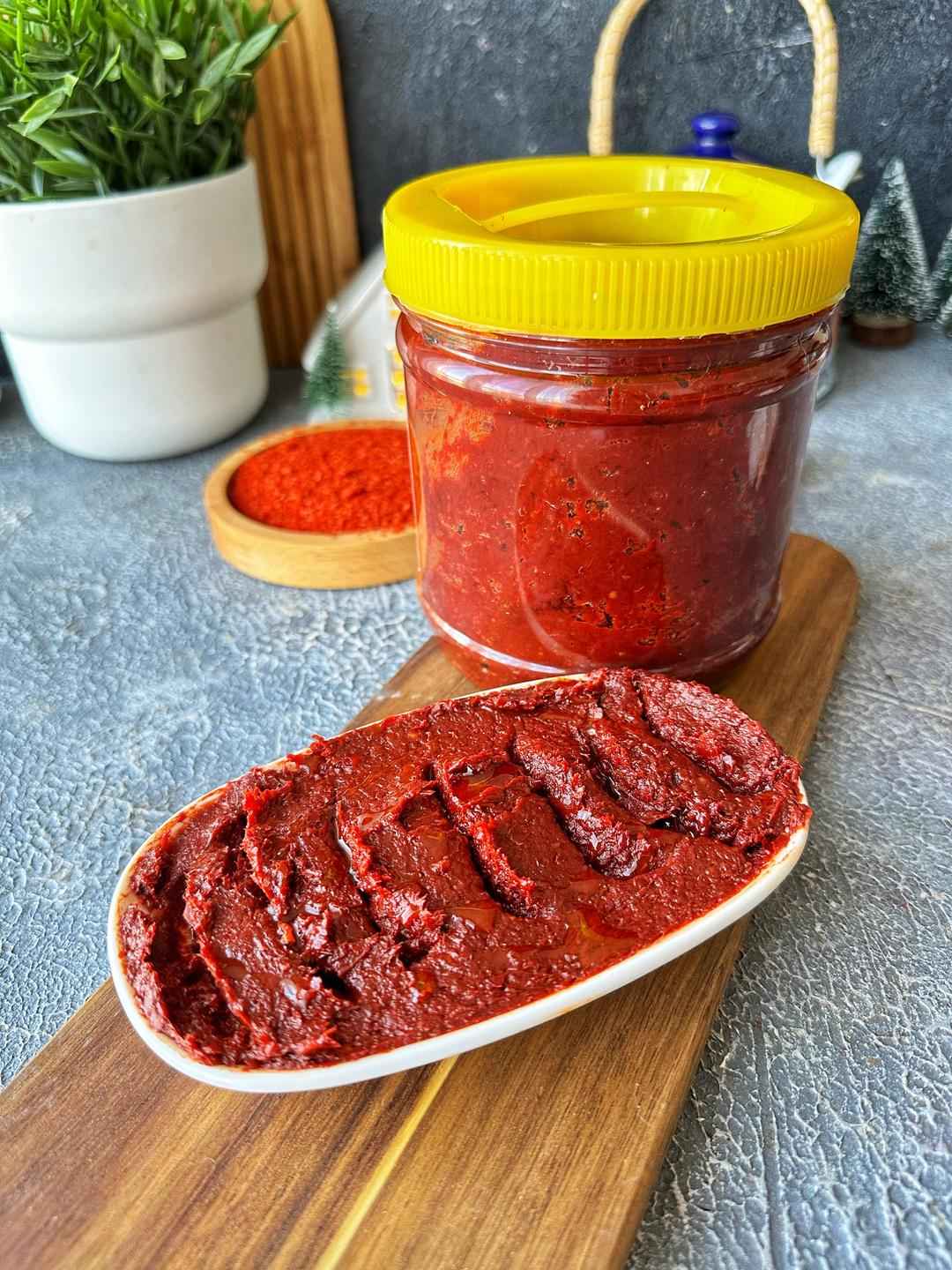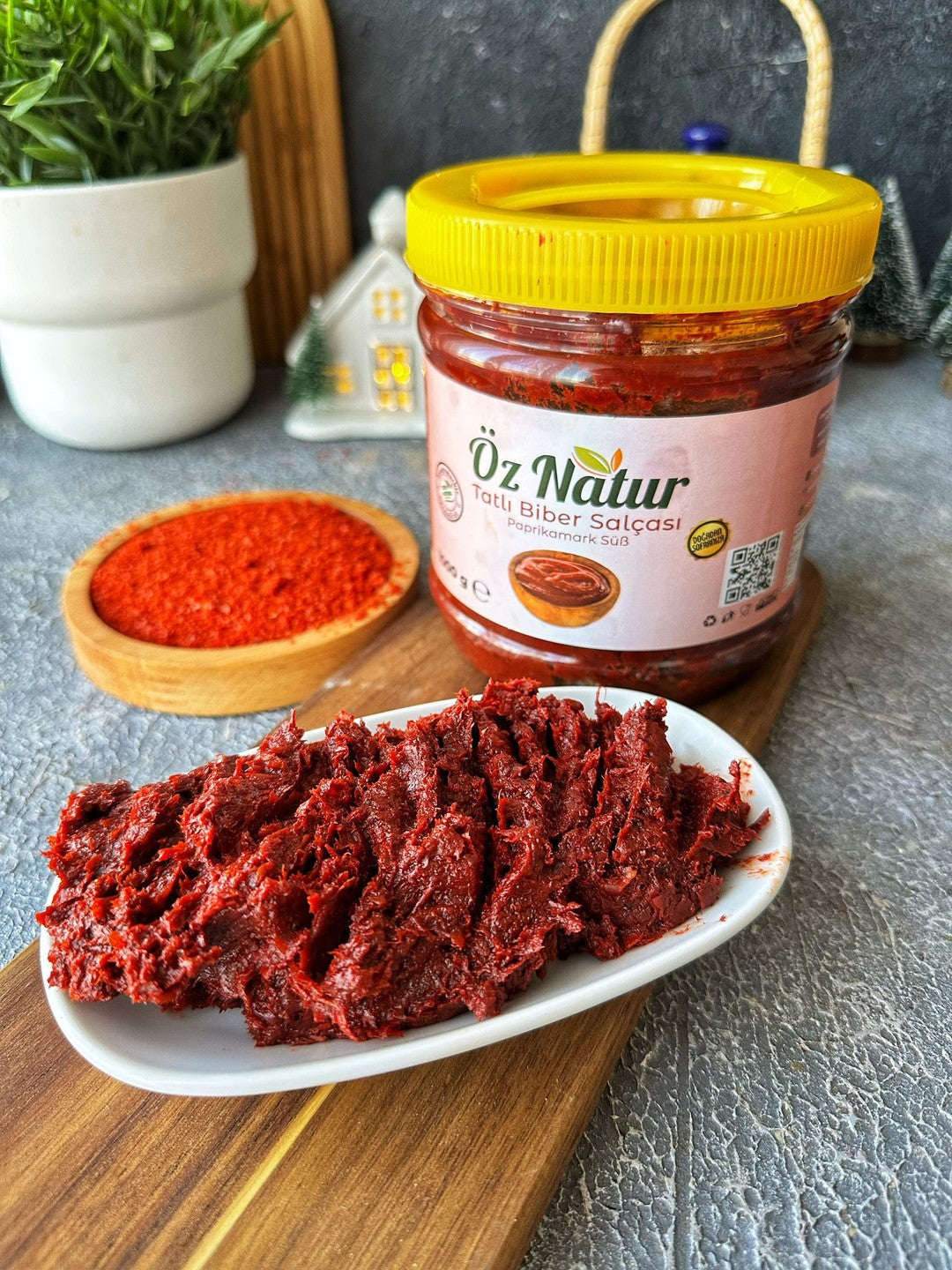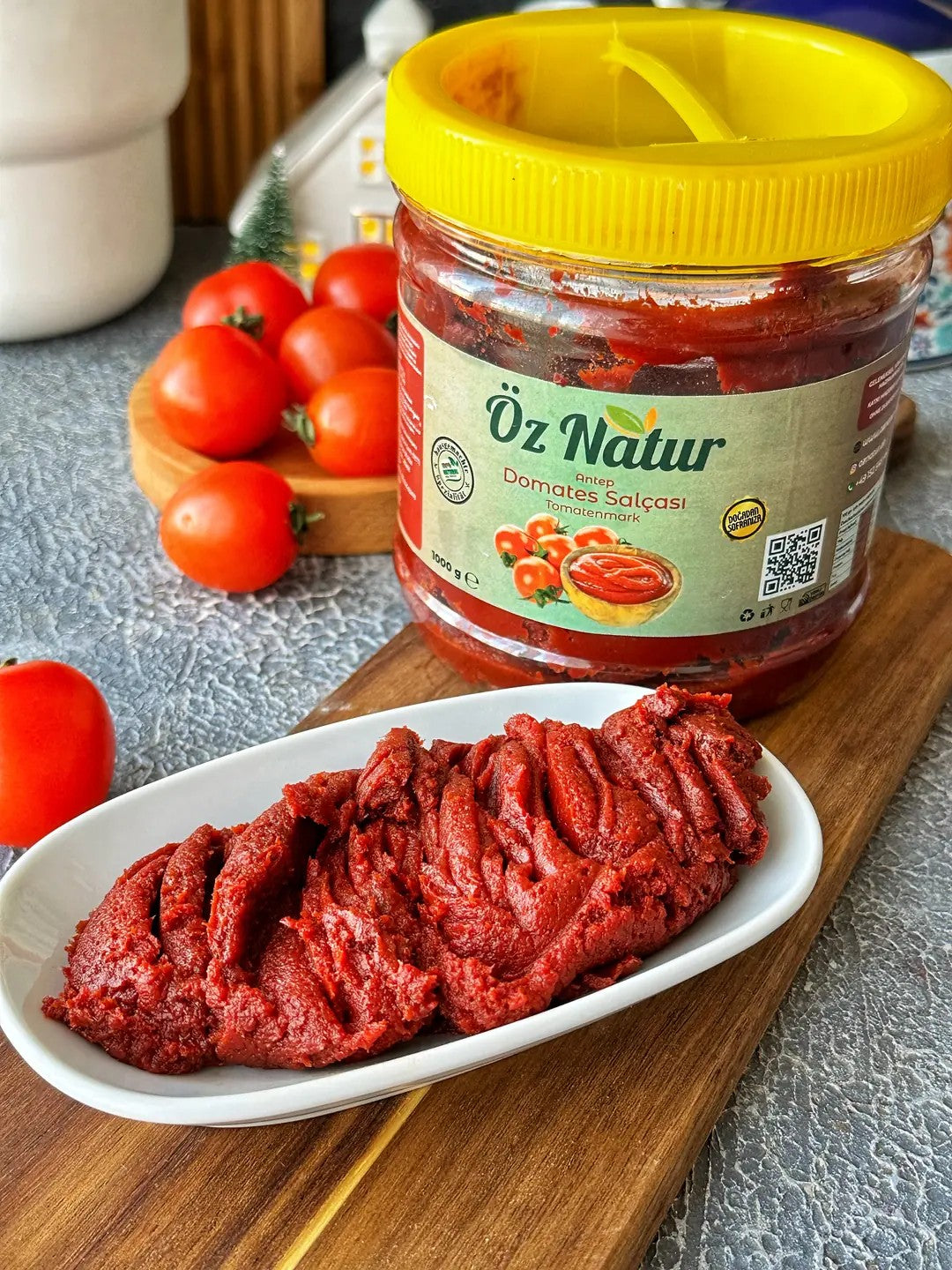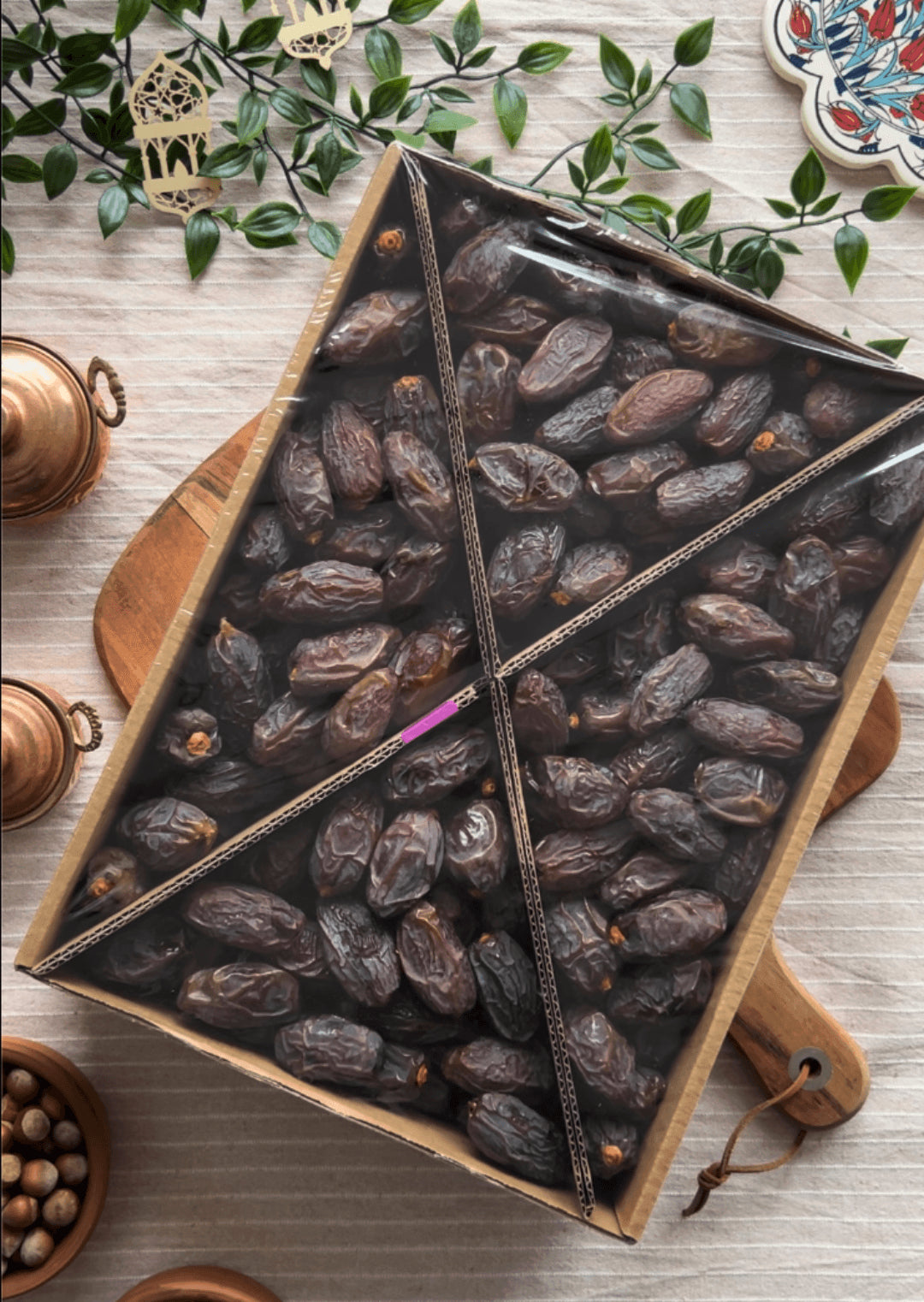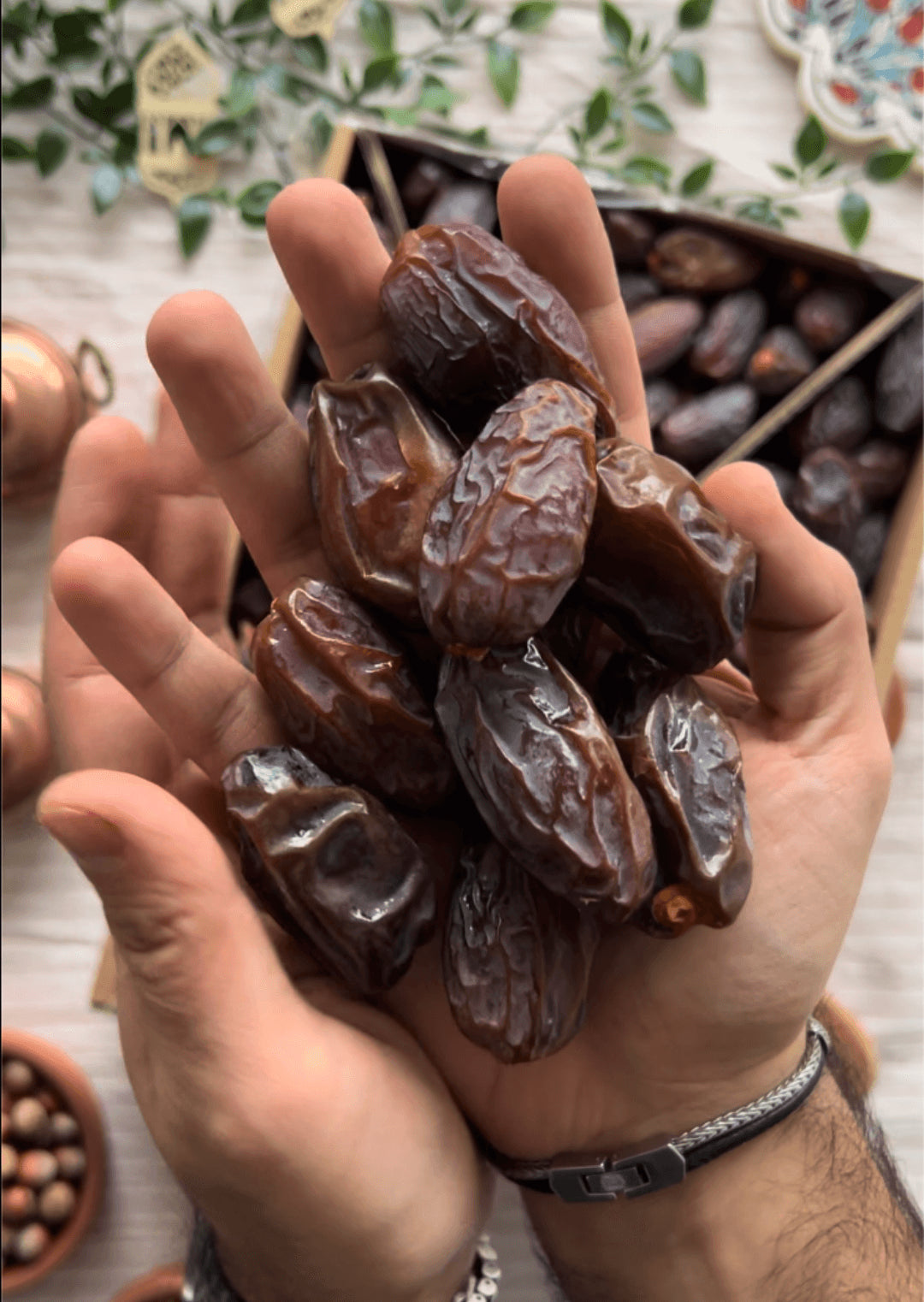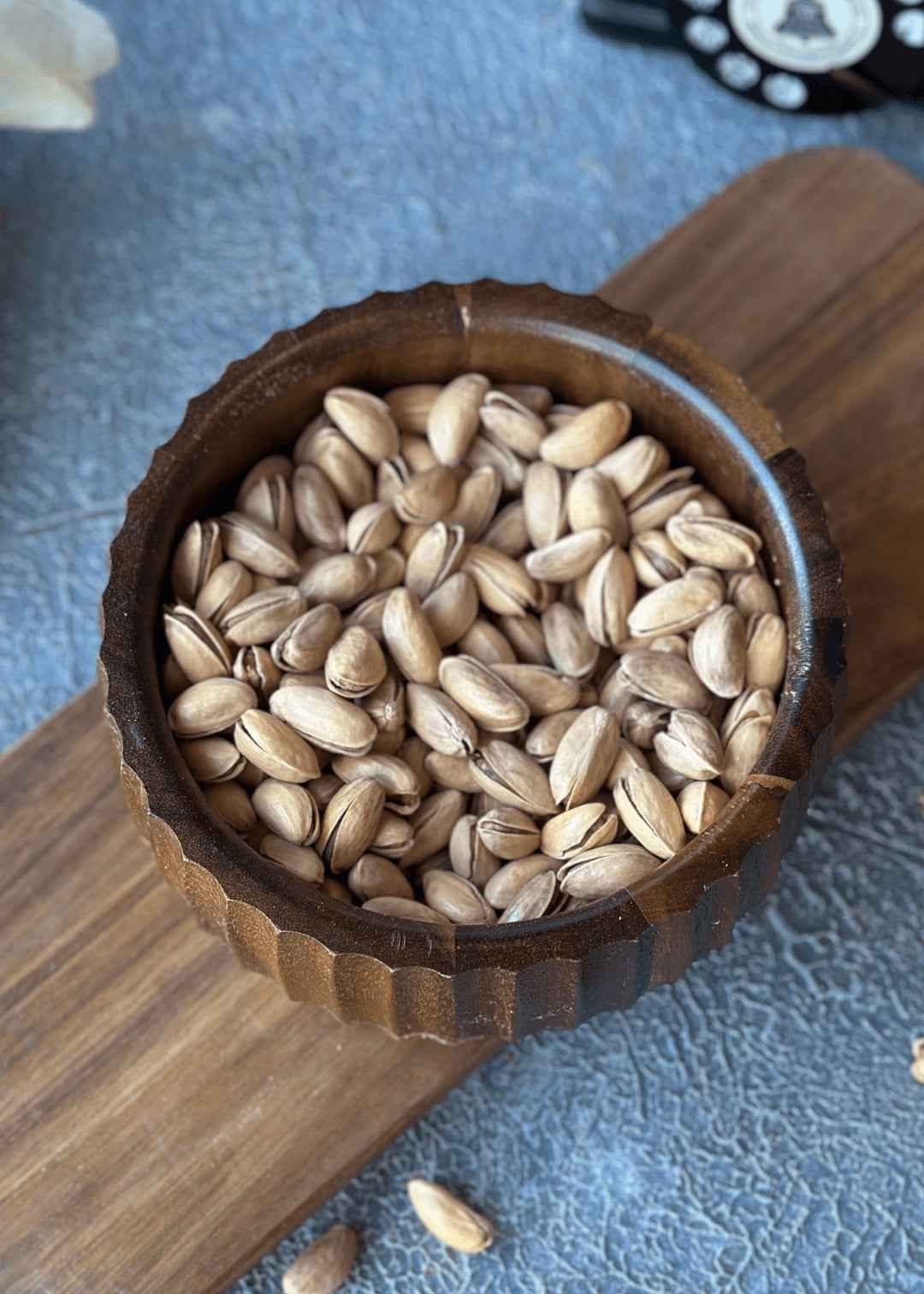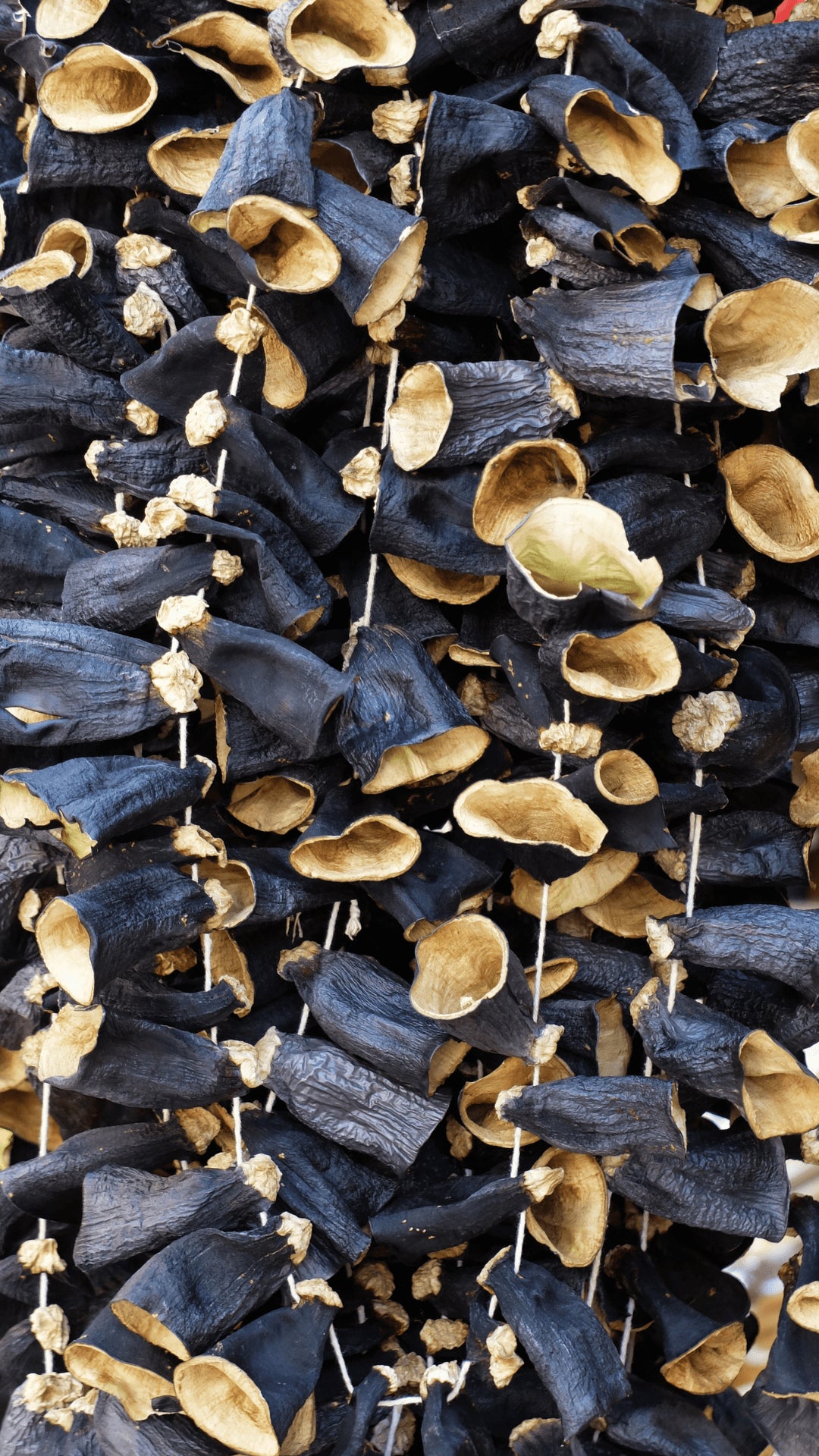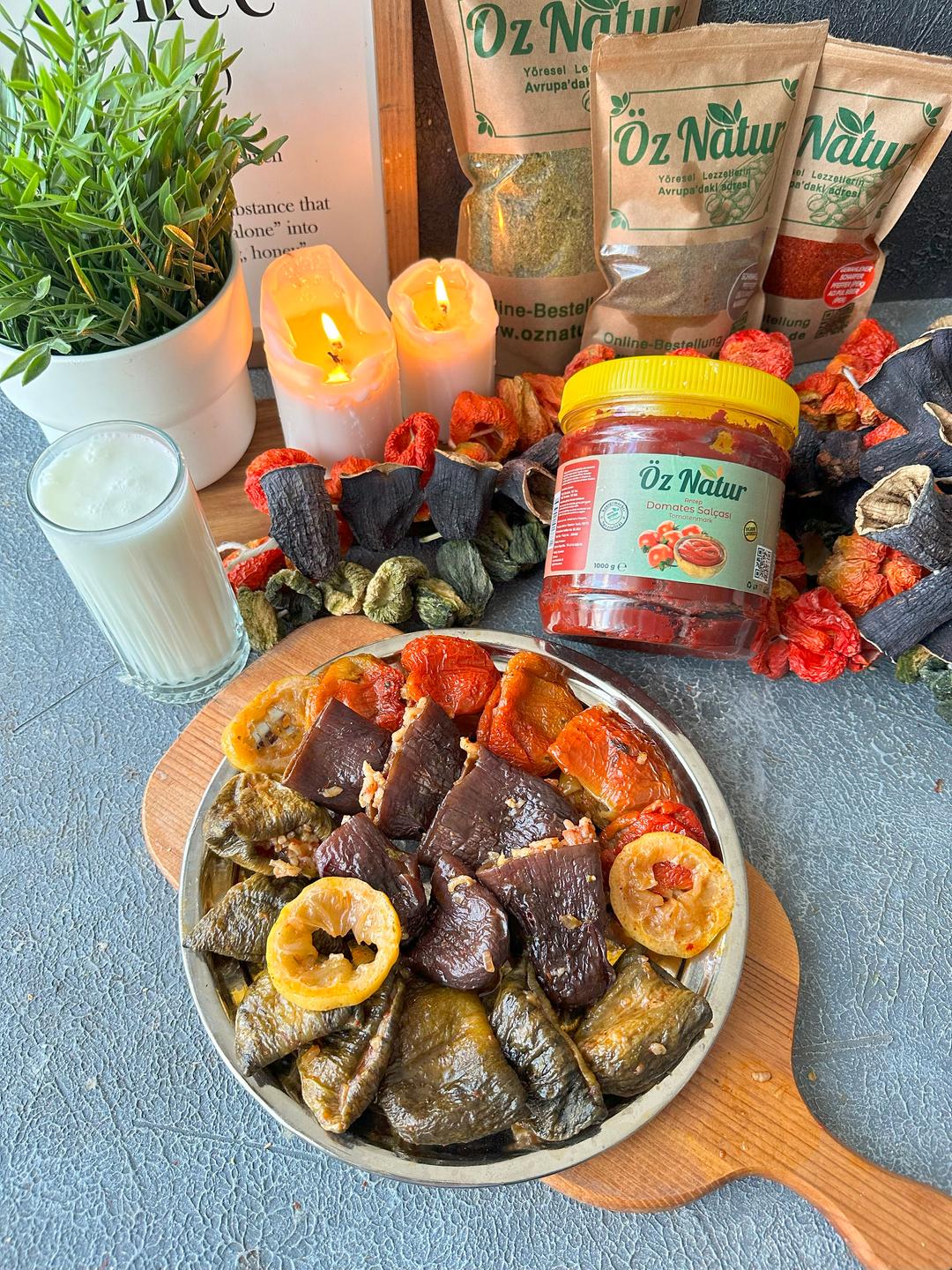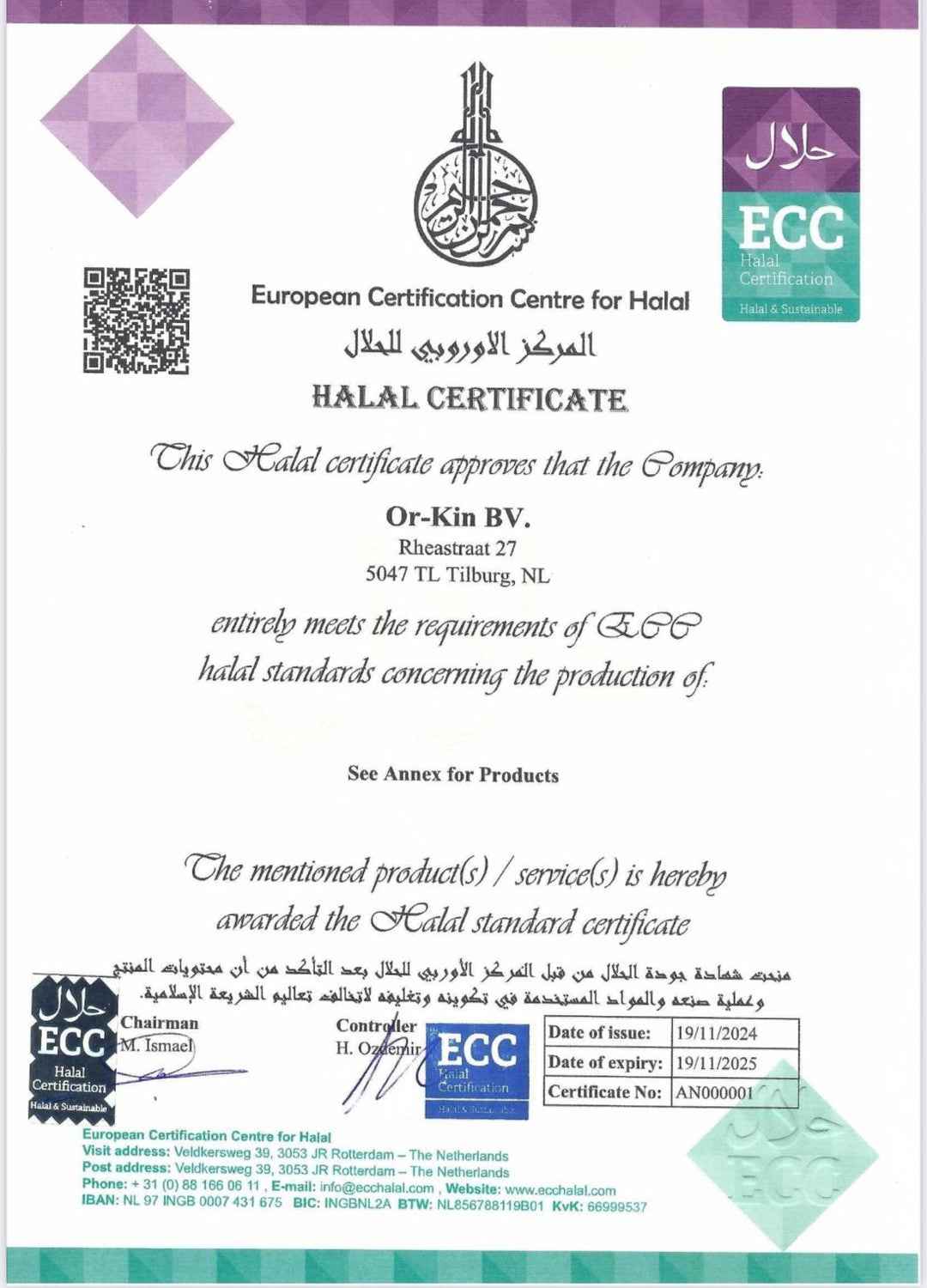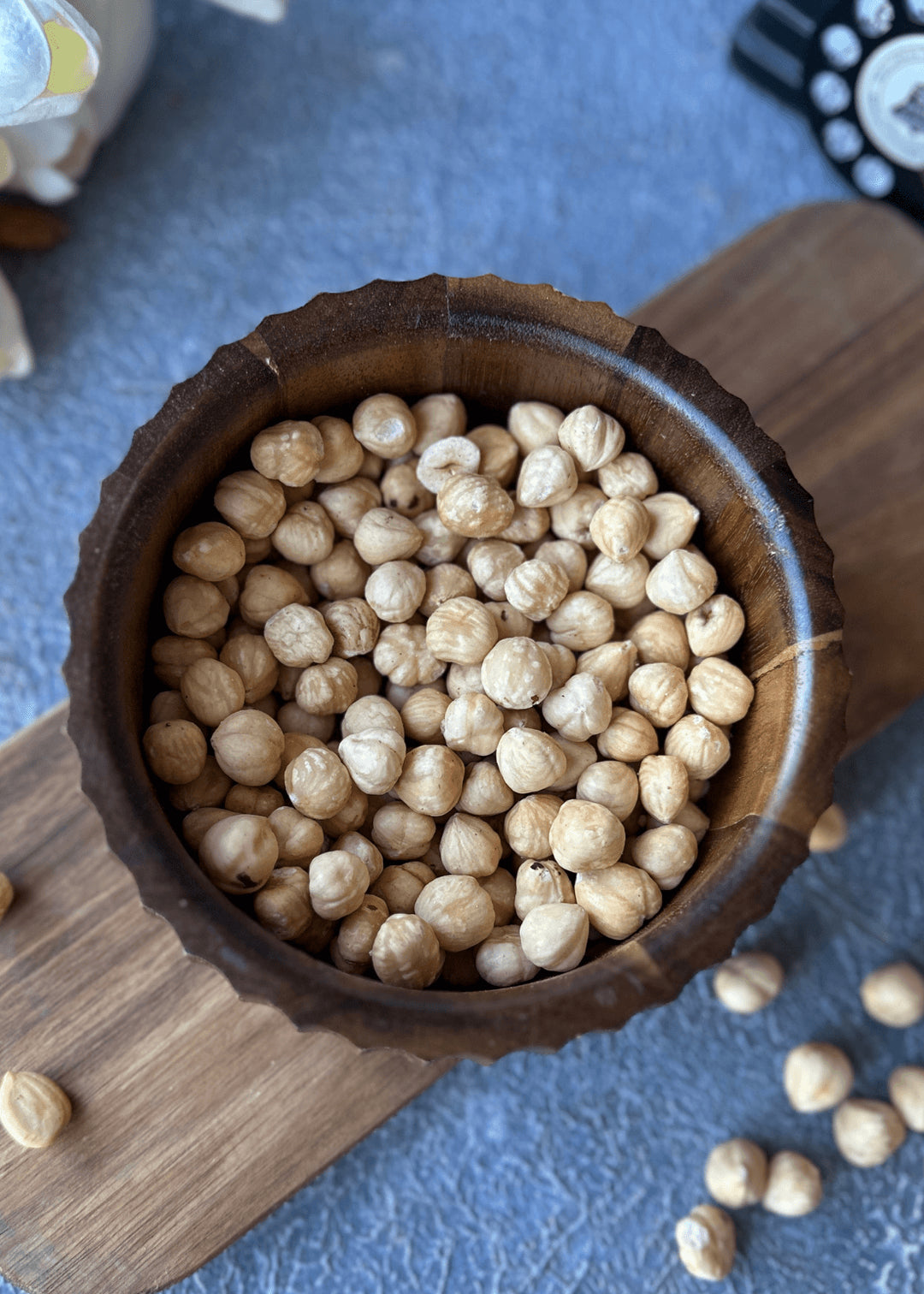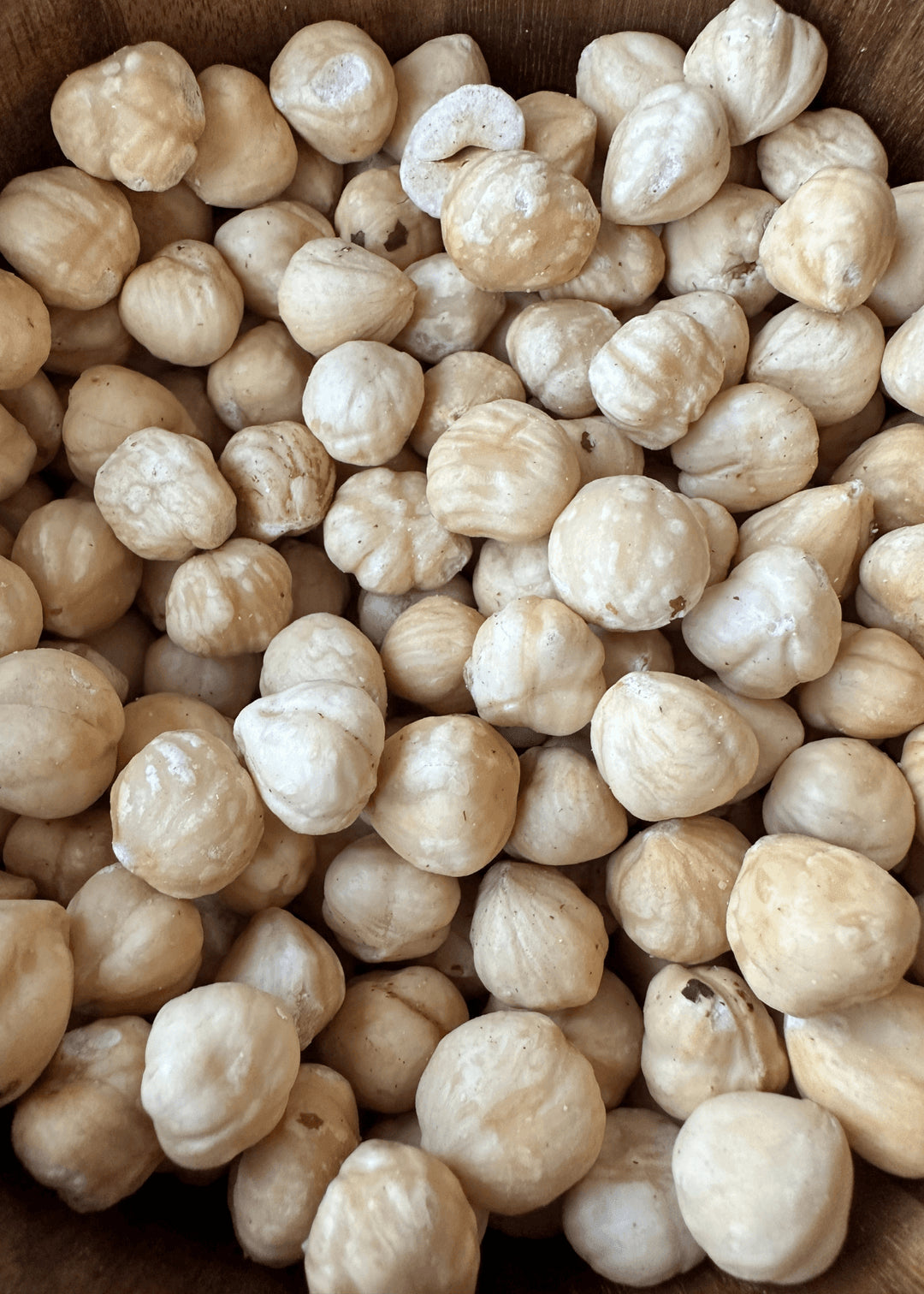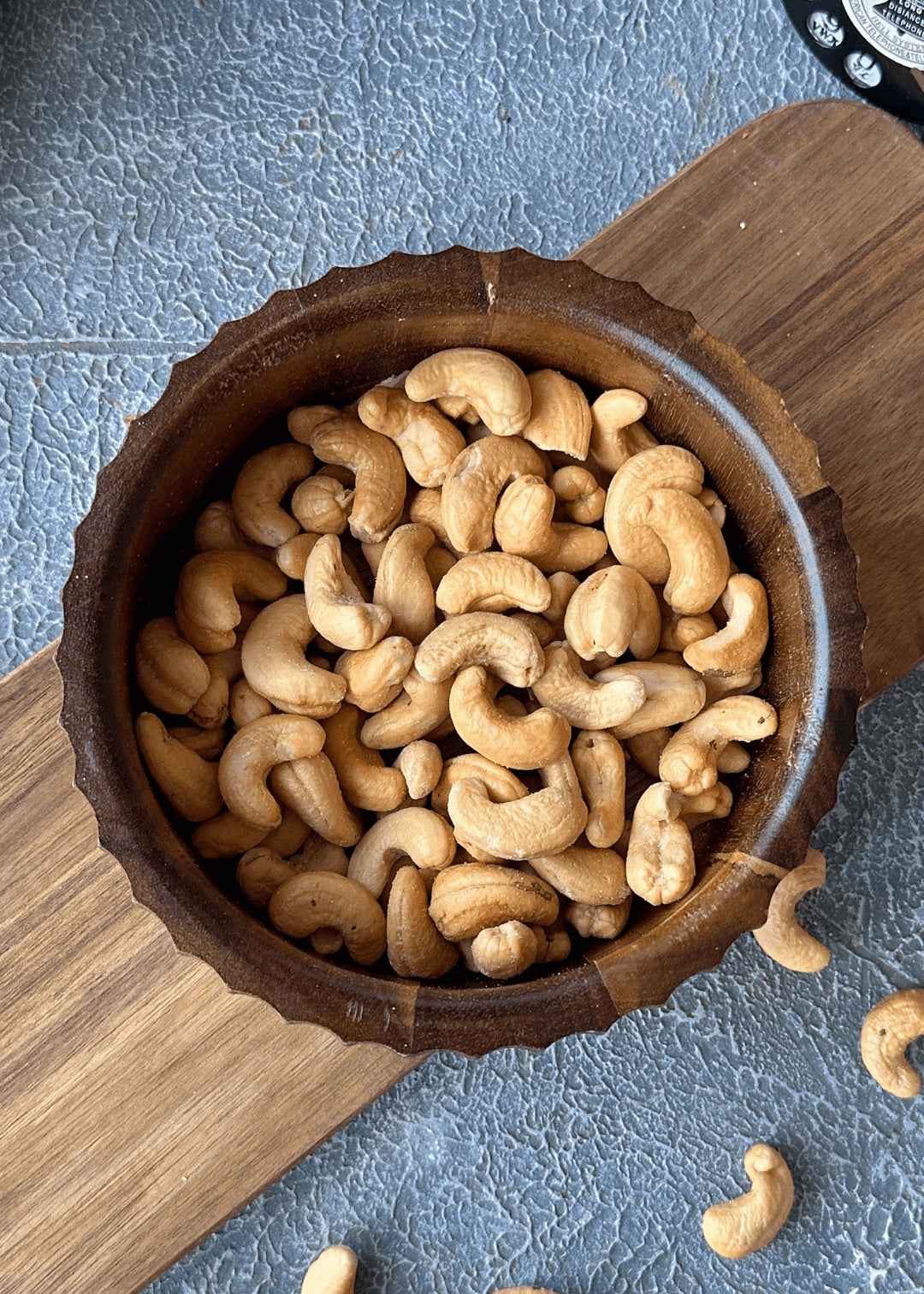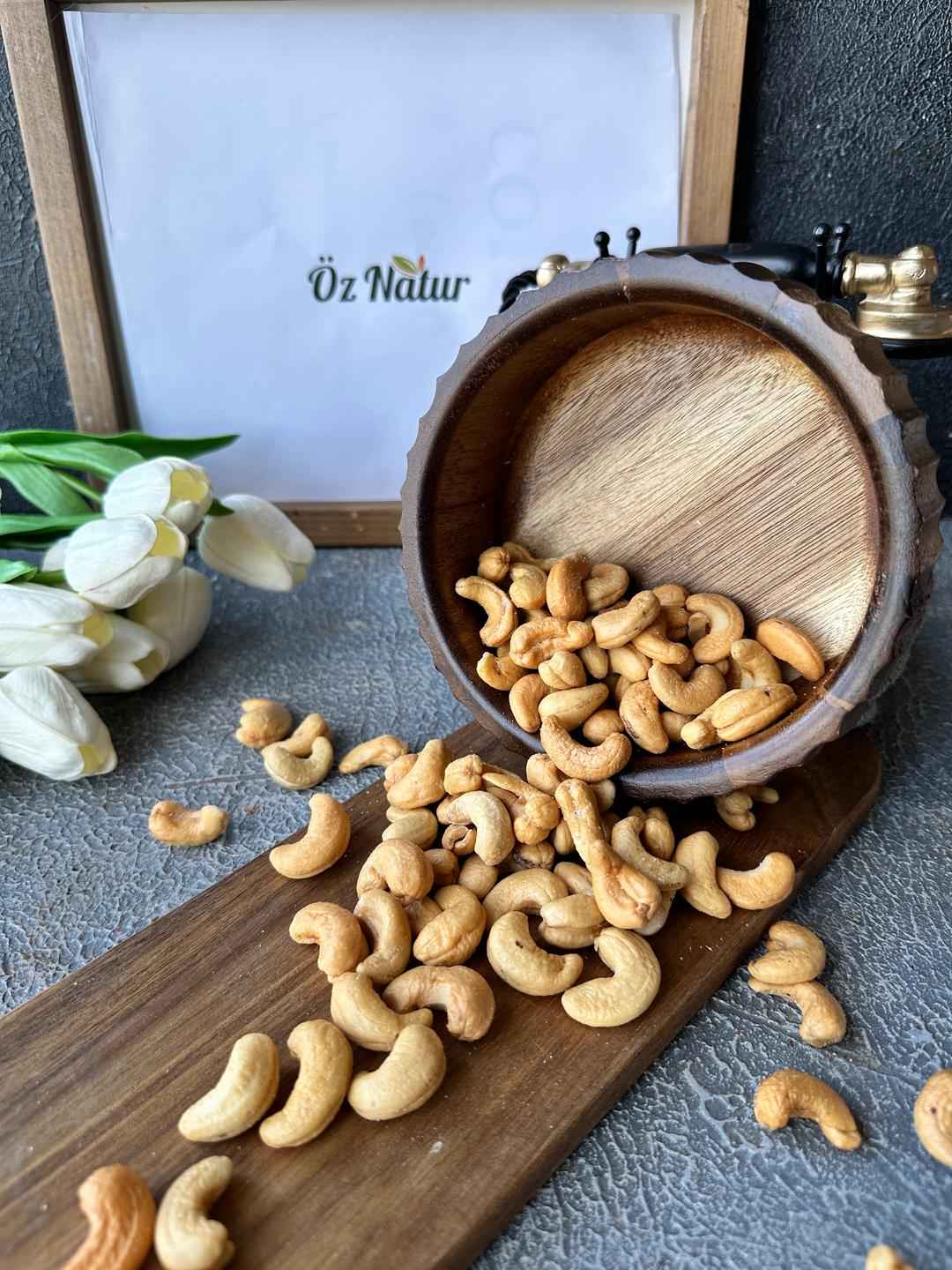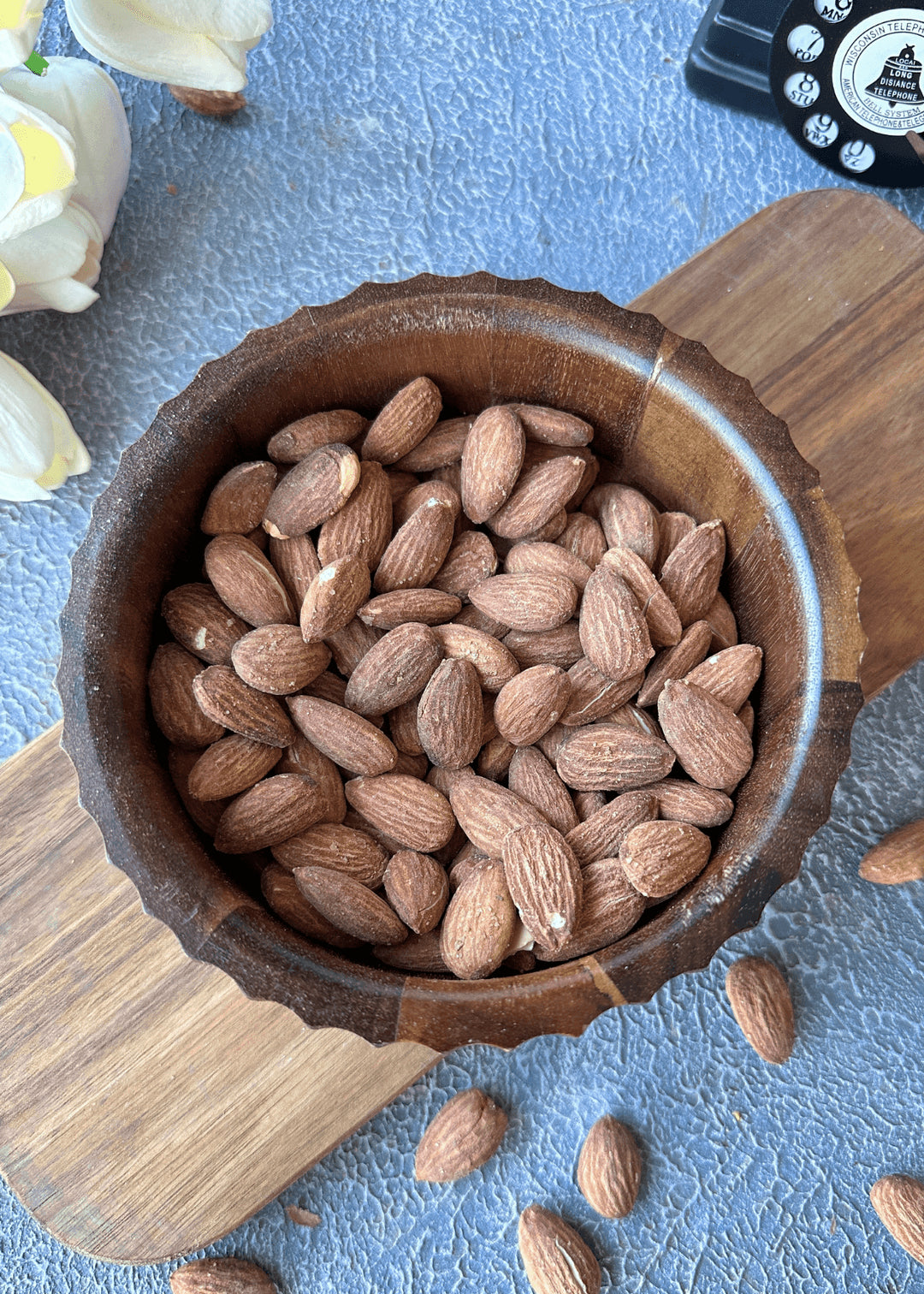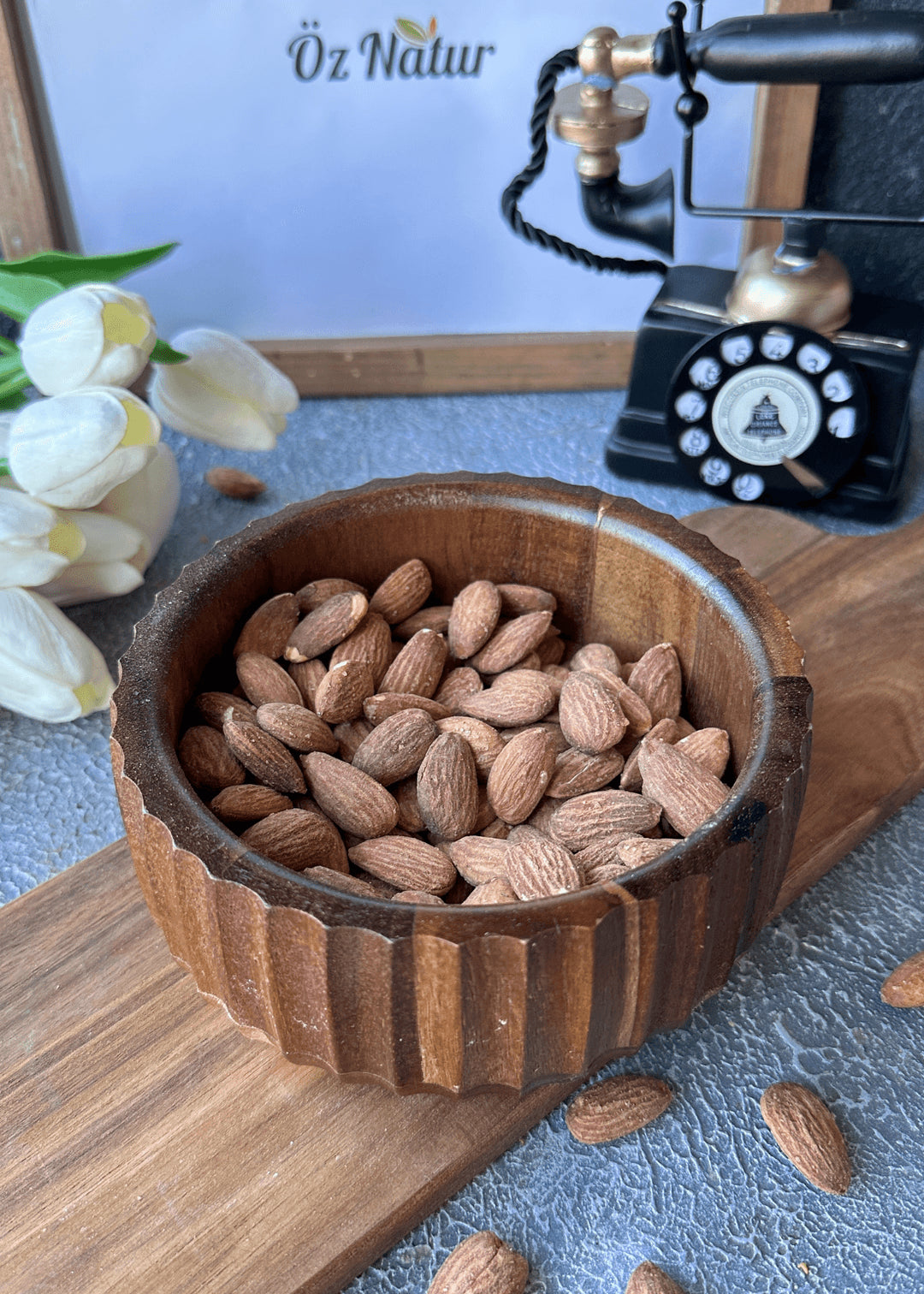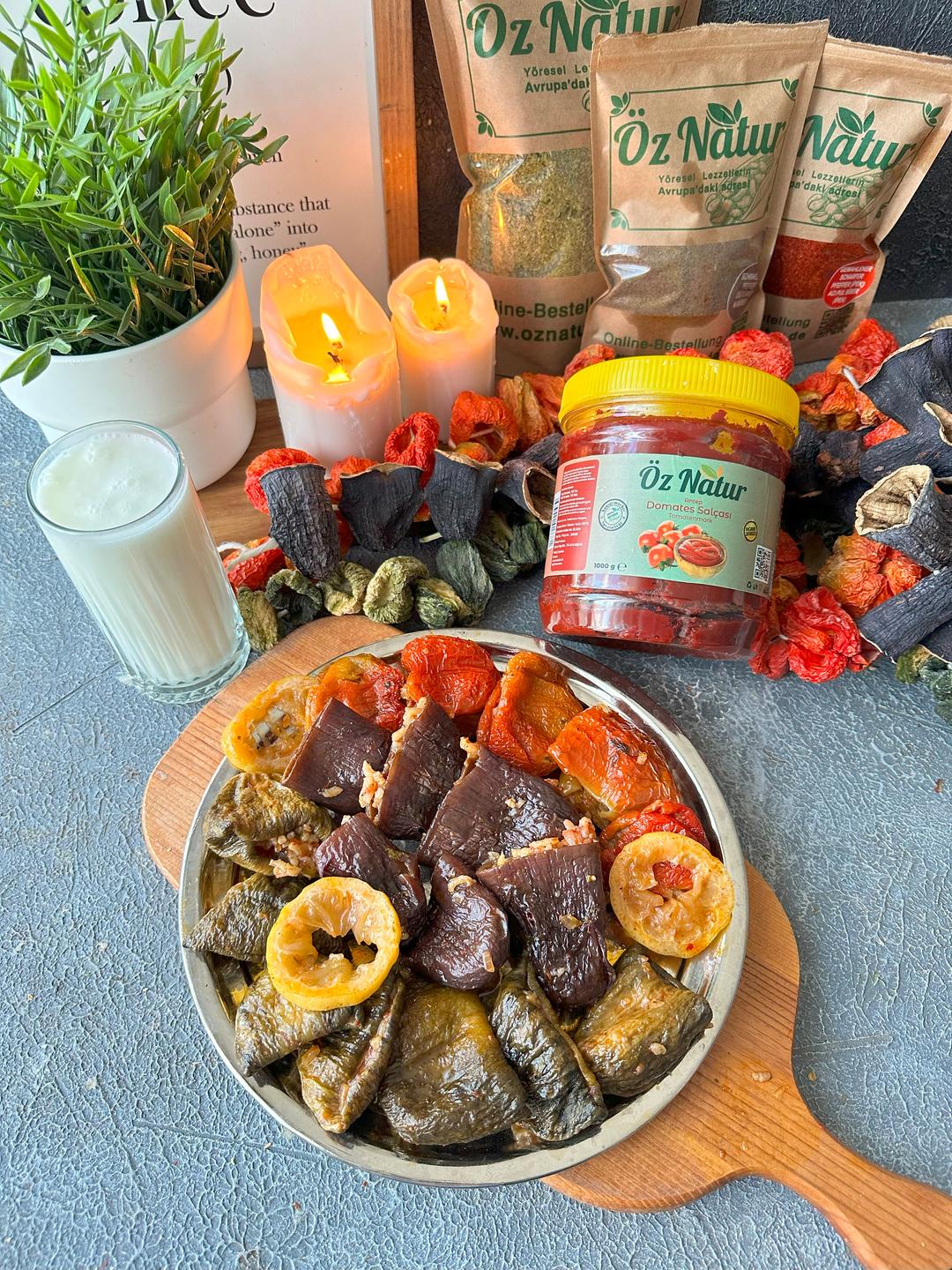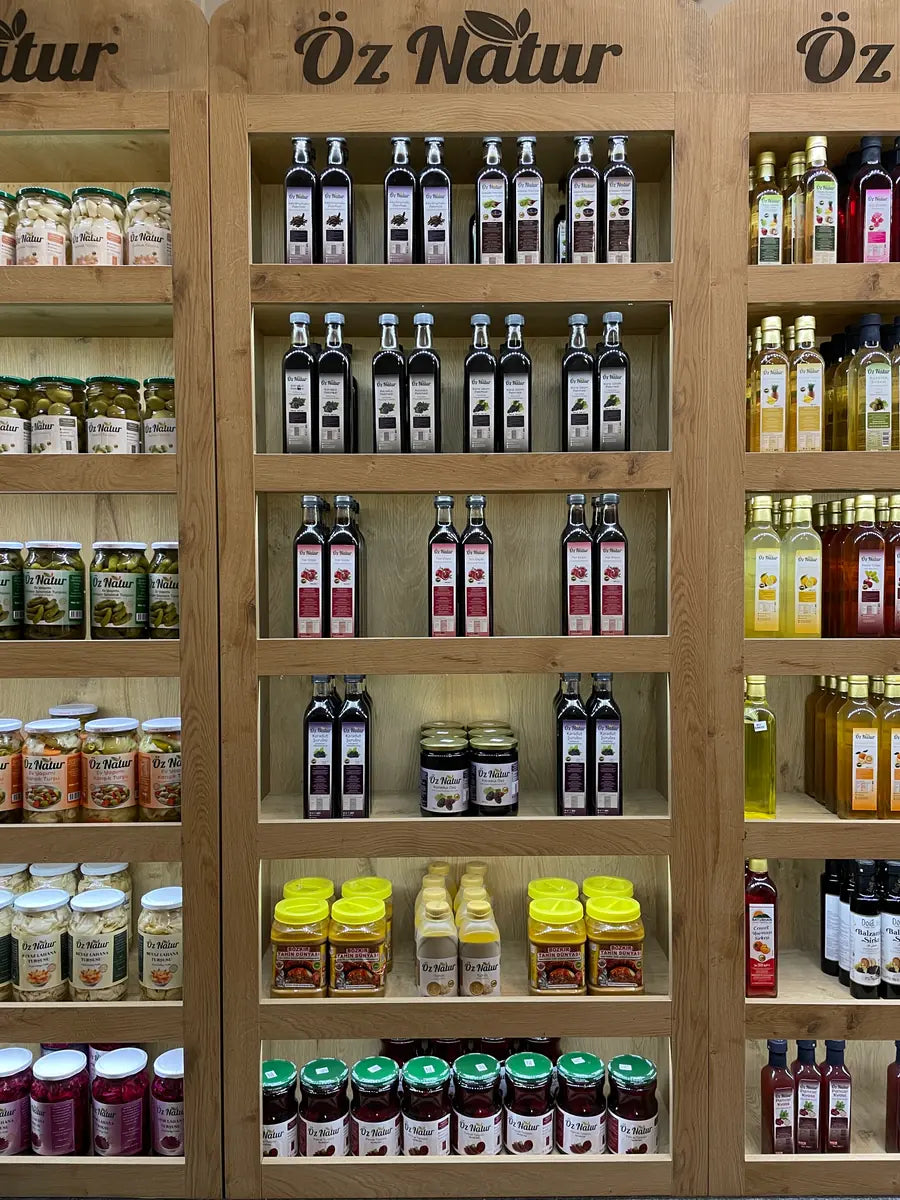When dried, figs sometimes develop a white coating on their surface. This appearance is commonly known as “powdery fig.” In reality, this does not mean that the fruit has spoiled or become inedible. Instead, the white layer forms when the fig’s natural sugars crystallize and rise to the surface during the drying and storage process.
Powdery figs have been known across cultures for generations. The coating is especially visible in figs that are traditionally sun-dried. Industrial methods often try to reduce this appearance, but with naturally dried figs, the white layer is quite common. It does not reduce the value of the fruit; on the contrary, it reflects its natural state.
Visually, the coating can resemble powdered sugar or finely sprinkled flour. That is why the term “powdery fig” became popular. For those unfamiliar with the process, the appearance might be mistaken for mold. In fact, properly dried and stored figs with this white layer are going through a normal transformation.
Thus, the powdery fig is not just an optical feature but also a cultural phenomenon. It can be found in markets, at nut and dried fruit shops, or even at home. For consumers, understanding what this white coating means helps them recognize and evaluate the product correctly.
How Does the Powdery Appearance Form on Figs?
During the drying process, the natural sugars inside the fig crystallize and move to the surface. These sugar crystals create the white layer that can be seen on the outside. It is not a foreign substance added to the fruit, but simply the fig’s own natural sugar. This process is especially noticeable in sun-dried figs.
Sugars like fructose and glucose react under the influence of heat and humidity. They crystallize, forming a thin, powder-like coating. This crystallization is a natural reaction that happens in many dried fruits, but it is particularly visible in figs.
Storage conditions also affect the formation of the white layer. In cool and dry environments, sugar may migrate more quickly to the surface. Factors such as storage duration, temperature changes, and humidity all play a role in how strong the coating becomes.
Therefore, the powdery appearance should not be considered a flaw in production or storage. Instead, it is the result of a natural drying and ripening stage that highlights the unique character of the fig.
Sugar Crystallization or Spoilage?
When a white layer is seen on figs, the key question arises: is it sugar crystallization or mold? Making this distinction is important, as the two are very different. Sugar crystals are harmless, while mold is a clear sign of spoilage.
Sugar crystallization can be recognized by its fine, powdery texture that rubs off easily. Mold, on the other hand, usually looks cotton-like, with shades of grey, green, or black. It also carries a sharp, unpleasant smell, whereas sugar crystals are odorless.
Figs that have been properly dried and stored usually develop sugar crystallization rather than mold. This natural process should not be mistaken for deterioration. However, if mold is present, those figs should not be consumed. Careful visual and smell checks are enough to make the distinction.
Not every white coating means the fruit is spoiled. In most cases, it simply shows that the fig’s natural sugars have crystallized. By knowing this difference, consumers can make more informed decisions when choosing dried figs.
Is It Safe to Eat Figs with a White Coating?
Figs with a white sugar coating are safe to eat as long as the layer is due to sugar crystallization and not mold. This white coating is a natural result of drying and storage. The key is distinguishing between sugar and mold correctly.
Mold can usually be identified by its cotton-like texture and strong odor. Sugar crystals, in contrast, appear as a fine powder that falls off easily. When encountering a white-coated fig, the first step should be careful inspection.
In many regions, powdery figs have been eaten for generations. People enjoy them plain, alongside nuts, or as an ingredient in desserts. For those familiar with the process, the white layer is a normal and expected characteristic.
In summary, sugar crystallization is natural and harmless, while mold must be avoided. With careful observation, it is easy to tell the difference and decide whether the fig is safe to enjoy.
How Can Powdery Figs Be Consumed?
Powdery figs are commonly enjoyed as a snack on their own, paired with nuts, or included in dried fruit assortments. The white coating does not negatively affect the taste; many even see it as a sign of authenticity. When served with tea or coffee, they make a traditional and pleasant treat.
They can also be used in cooking and baking. When chopped, powdery figs add natural sweetness to cakes, cookies, or energy bars. Their natural sugar content reduces the need for additional sweeteners, making them versatile in various recipes.
Some people prefer to rinse the figs lightly before eating. In this case, the sugar layer dissolves in water. However, this is purely a matter of personal choice, since figs can be consumed directly in their natural state as well.
Thus, powdery figs hold both cultural and culinary significance. Beyond their distinctive appearance, they have remained a valued food for centuries, continuing to attract attention in modern diets today.


